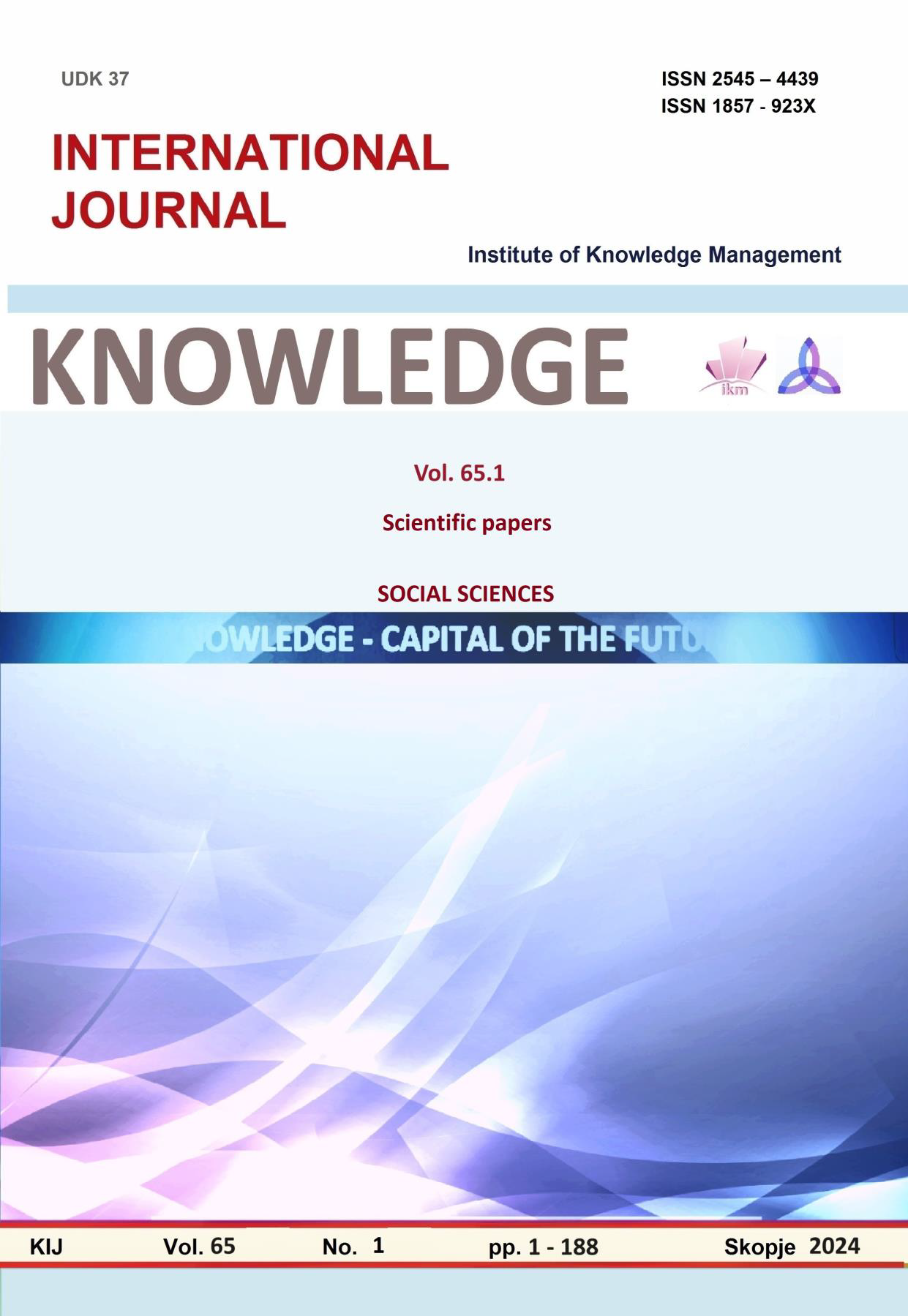THE IMPACT OF MEDIA ON THE BEHAVIOR OF CHILDREN AND ADOLESCENTS
Keywords:
media violence, aggression, children, research, field studiesAbstract
This paper explores the impact of popular culture and media on social norms and values, particularly among children and adolescents. It focuses on various aspects of how both traditional and contemporary media influence the formation of identity and behavior in youth. Special attention is given to the phenomenon of "moral panic," which arises as a reaction to the perception of media as a threat to social norms. The negative aspects of media commercialization, including manipulation and exploitation of children’s innocence for marketing purposes, are also analyzed. The role of parents and educational systems in navigating and mediating media use among children is critically assessed. The research also covers changes in parenting that accompany the digital era, where traditional values and methods often give way to new technological means and approaches. It considers how constant exposure to media can affect the psychological and social development of children, leading to issues such as emotional desensitization and antisocial behavior. The paper reflects on the potential positive aspects of media, emphasizing the importance of educational content and information that can be beneficial for education and socialization of youth. The paper concludes that there is a need to intensify research and policies aimed at creating a safer and more constructive media environment for children. It recommends developing strategies to support parents and educational institutions in their efforts to adequately respond to the challenges posed by the media environment. Crucially, fostering critical thinking and media literacy among the youngest, as well as establishing a balance between digital and real-life interactions in children’s lives, are essential.
References
Castells, M. (2000). Informacijsko doba: ekonomija, društvo, kultura, I. deo, Uspon umreženoga društva. Golden marketing.
Lemiš, D. (2008). Deca i televizija. Clio.
Livingstone, S., & Blum-Ross, A. (2020). Parenting for a Digital Future: How Hopes and Fears about Technology Shape Children's Lives. Oxford University Press.
Mascheroni, G., & Holloway, D. (2019). The Internet of Toys: Practices, Affordances and the Political Economy of Children's Smart Play. Palgrave Macmillan.
Meštrović, M. (2002). Vrijeme zbilje: u susret evolucijskom ubrzanju. Naklada Jesenski i Turk.
Ohler, J. (2021). Digital Community, Digital Citizen. Corwin Press
Rideout, V., & Robb, M. B. (2019). The Common Sense census: Media use by tweens and teens. Common Sense Media.
Roberts, D. F. (n.d.). Mas media i popularna muzika [Istraživački radovi]. Stanford University. Dostupno na: http://www.scribd.com/doc/13302935/Mediji-Seminar
Stoilova, M., Livingstone, S., & Nandagiri, R. (2020). Children’s data and privacy online: Growing up in a digital age—An evidence review. New Media & Society, 22(5), 873-890.
Third, A., & Collin, P. (2020). Rethinking Young People’s Digital Citizenship: Insights from Children’s Rights. In J. Green, C. Holloway, & K. Stevenson (Eds.), The Routledge Companion to Digital Media and Children (pp. 108-117). Routledge.
Tjuro, D. (2013). Mediji danas II - Uvod u masovne komunikacije. Beograd: Clio.





